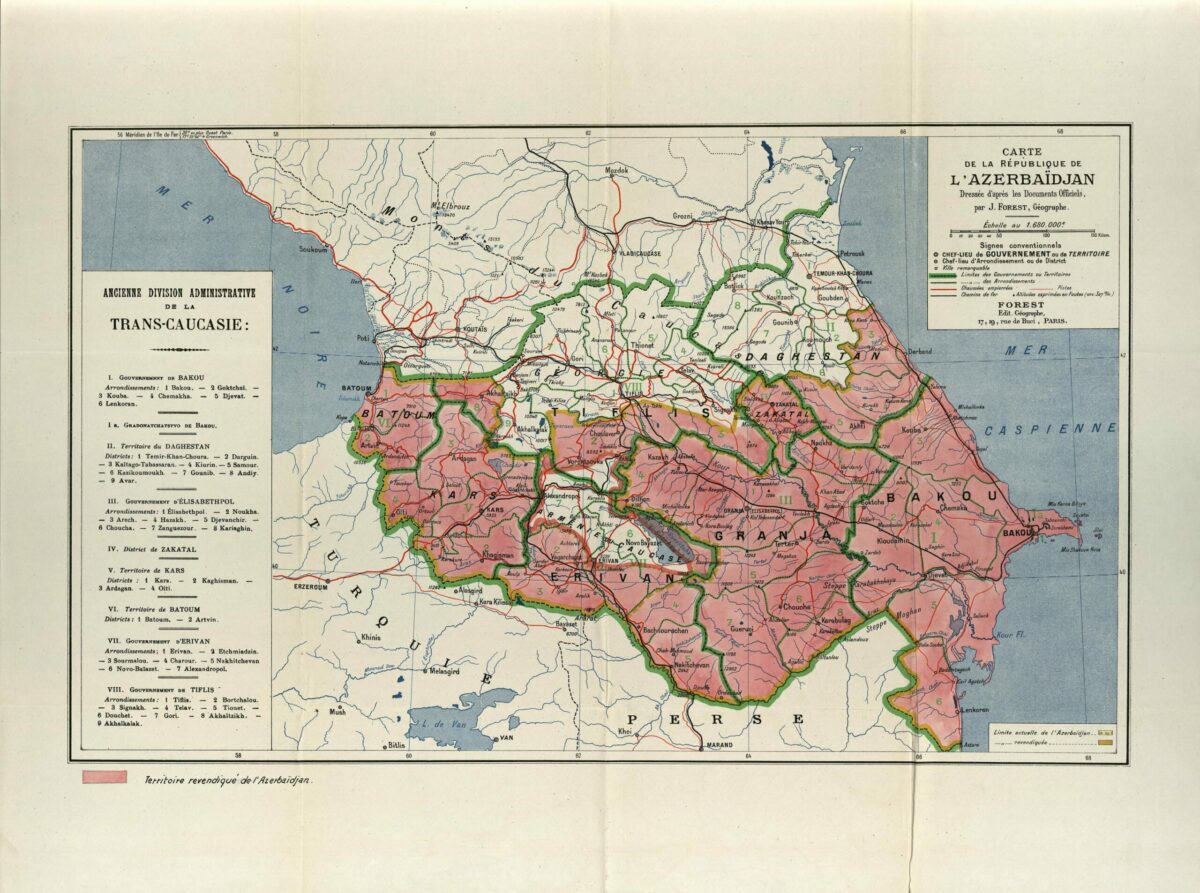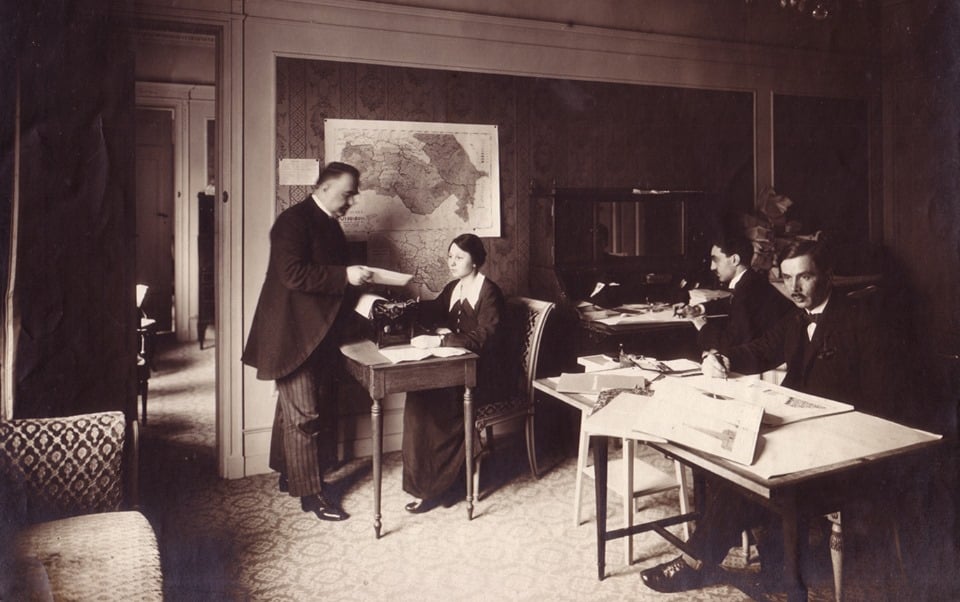On January 31, the Chairman of the National Assembly of Armenia, Alen Simonyan, declared that certain clauses in Azerbaijan’s Constitution must be changed in a reciprocal manner.
This statement was made following Prime Minister Nikol Pashinyan’s announcement about adopting a new Armenian Constitution, which sparked a debate.
On January 18, 2024, the Prime Minister of Armenia, Nikol Pashinyan, announced that the country needs a new Constitution. According to the Prime Minister, the new Constitution must enable the Republic of Armenia to become more competitive and sustainable in the new geopolitical and regional conditions.
Following this announcement, the members of the opposition in the National Assembly claimed that the reason for proposing amendments to the Constitution was due to the demands made by President Ilham Aliyev during peace treaty negotiations with Azerbaijan.
On January 23, the Minister of Foreign Affairs of Armenia, Ararat Mirzoyan, refuted the claims. However, he also pointed out that Armenia had drawn Azerbaijan’s attention to a similar issue in their legal framework, which starts with the Constitution.
Simonyan and Mirzoyan did not elaborate on which specific points of Azerbaijan’s Constitution or other documents they found concerning.
In response to their statements, Media.am’s fact-checking team, “Verified,” analyzed these documents to identify potential issues related to Armenia’s territorial integrity and sovereignty.
What can be drawn from the Azerbaijani Constitution and related documents?
What do the Constitution of Azerbaijan and attached documents state?
The Constitution of Azerbaijan was adopted in November 1995. According to the document on the website of the President of Azerbaijan, the Constitution was formulated based on the principles established in the Constitutional Act on State Independence of the Republic of Azerbaijan adopted in August 1991.
The second article of this act states: “The Republic of Azerbaijan is the successor of the Republic of Azerbaijan, which existed from May 28, 1918 to April 28, 1920.”
The document emphasizes that it is also based on the state’s Declaration of Independence, created in 1918.
In 1918, the Declaration of Independence was the only document that mentioned the specific territory of Azerbaijan.
“From now on, the peoples of Azerbaijan are recognized as bearers of sovereign rights, and Azerbaijan, made up of Eastern and Southern Transcaucasia, is a full-fledged, independent state,” the declaration states.

Eastern Transcaucasia in Russian Empire, map by Robert Hewson, 2001, p. 211
As per the map, Eastern Transcaucasia included the current Syunik marz of Armenia and certain parts of Gegharkunik and Vayots Dzor regions.
It is noteworthy that starting from the early days of the establishment of the Armenian and Azerbaijani republics in 1918, there were territorial disputes between the Armenian and Azerbaijani sides, which eventually led to armed conflicts. These conflicts stopped only in 1920 upon the establishment of the Soviet power in both countries.
It was during these armed clashes that the Azerbaijani delegation presented its proposals on the republic’s borders at the Paris Conference of 1919. Their territorial demands included the current Syunik marz and parts of Vayots Dzor, Gegharkunik, and Tavush marzes in Armenia.
At the Paris Conference in 1919, a map was presented that showed the territorial claims of the Democratic Republic of Azerbaijan.

At the Paris Conference in 1919, a map was presented that showed the territorial claims of the Democratic Republic of Azerbaijan.
As can be seen from the map presented, Azerbaijan had territorial claims not only to Armenia but also to Georgia.
Կոնֆերանսին ներկայացված քարտեզի մեկ այլ տարբերակ առկա է ադրբեջանական «IRS heritage» ամսագրի՝ «Ադրբեջանի դե ֆակտո պետական անկախության ճանաչման պատմությունը Փարիզի խաղաղության կոնֆերանսի ընթացքում» հոդվածում, որը նվիրված է Ադրբեջանի դեմոկրատական հանրապետության 100-ամյակին։
Another version of the map presented at the conference can be found in the article “The History of the Recognition of De facto State Independence of Azerbaijan during the Paris Peace Conference,” featured in the Azerbaijani “IRS Heritage” magazine.

The map presented at the Paris Conference in 1919, depicting the territorial claims of the Democratic Republic of Azerbaijan.
This article is dedicated to the 100th anniversary of the democratic republic of Azerbaijan. It is worth noting that the Azerbaijani delegation at the time saw the present-day territories of Syunik, Vayots Dzor, Tavush, and Gegharkunik marzes in the Republic of Armenia as part of Azerbaijan.
According to the Azerbaijani Constitution, which references their 1918 declaration of independence, their borders encompass South and Eastern Transcaucasia. This includes certain territories of neighboring countries.







